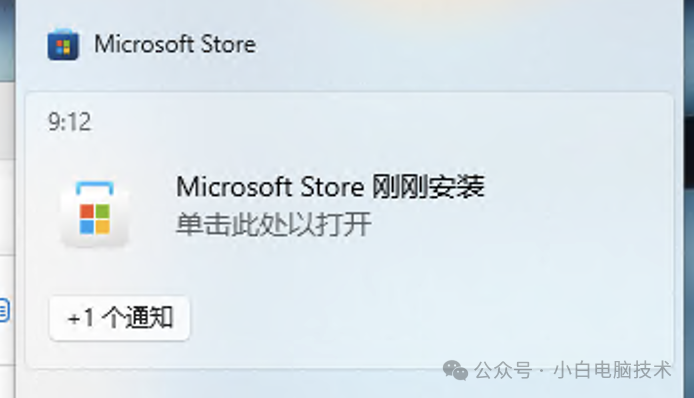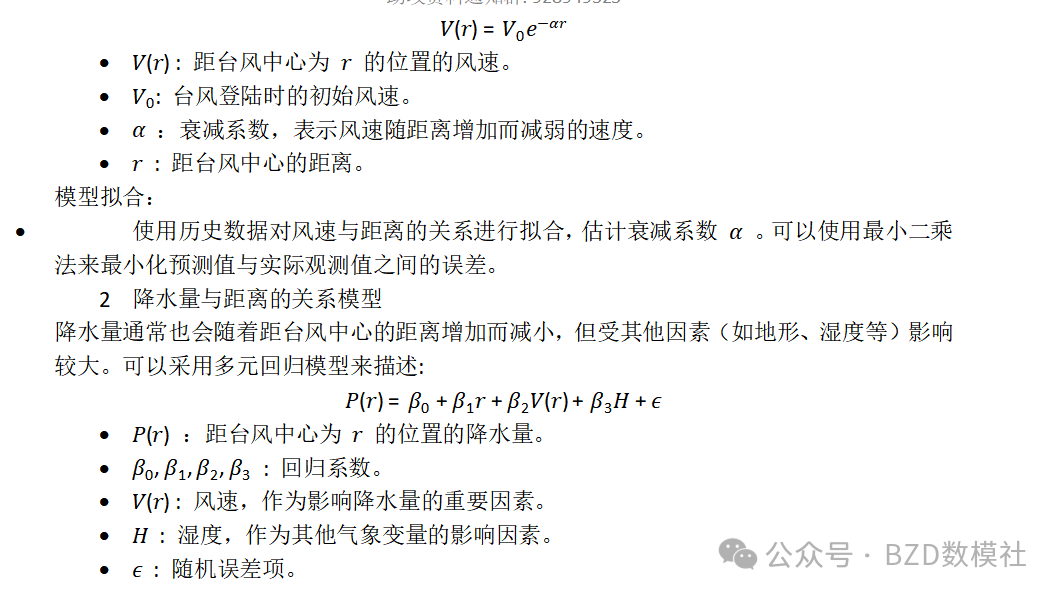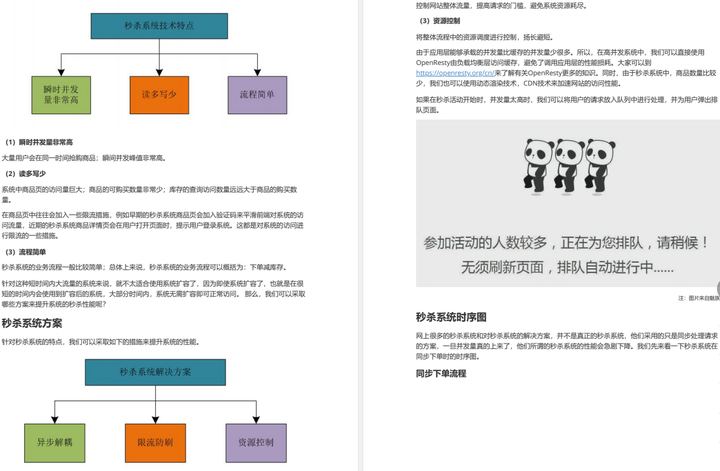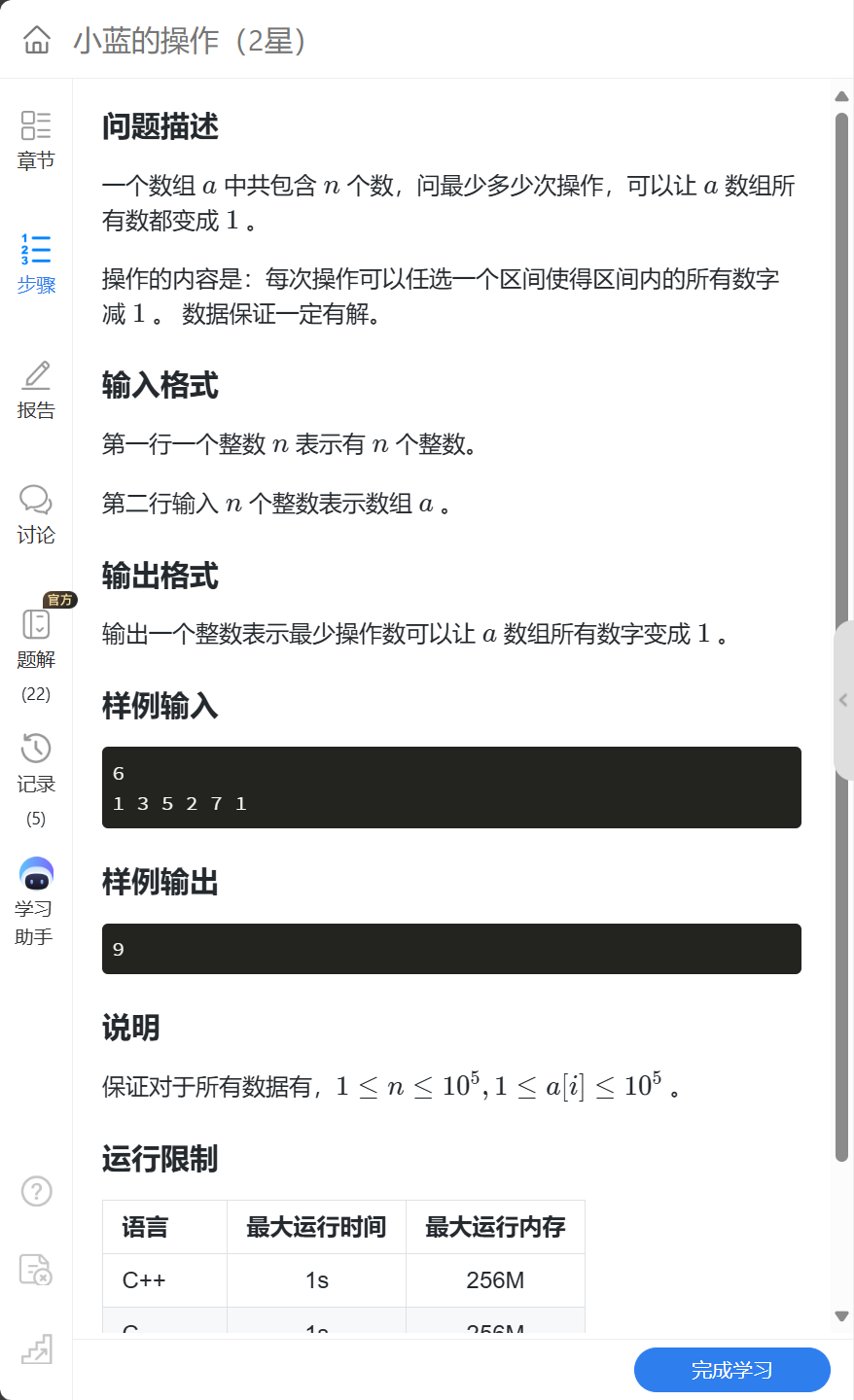栈和队列
C语言中的栈和队列总结
在C语言中,**栈(Stack)和队列(Queue)**是两种非常重要的数据结构。它们广泛用于各种应用中,比如内存管理、任务调度、表达式求值等。本文将对这两种数据结构进行详细的介绍,并展示如何在C语言中实现它们。
1. 栈(Stack)
栈是一种先进后出(LIFO,Last In First Out)数据结构,类似于一摞盘子,最后放上去的盘子最先被拿下来。

1.1 栈的特点
- 先进后出(LIFO):最后入栈的元素最先出栈。
- 单端操作:栈的插入和删除操作都发生在栈顶。
1.2 栈的基本操作
- 压栈(Push):将元素压入栈顶。
- 弹栈(Pop):从栈顶移除元素。
- 查看栈顶元素(Peek/Top):获取栈顶元素但不删除它。
- 判断栈是否为空(isEmpty)。
1.3 栈的实现方式
栈可以通过数组或链表来实现。以下分别讨论栈的数组实现和链表实现。
1.3.1 使用数组实现栈
以下是用C语言实现栈的数组版:
#include <stdio.h>
#include <stdlib.h>
#include <stdbool.h>
#define MAX_SIZE 100
typedef struct Stack {
int items[MAX_SIZE];
int top;
} Stack;
// 初始化栈
void initStack(Stack* stack) {
stack->top = -1;
}
// 判断栈是否为空
bool isEmpty(Stack* stack) {
return stack->top == -1;
}
// 判断栈是否已满
bool isFull(Stack* stack) {
return stack->top == MAX_SIZE - 1;
}
// 压栈操作
void push(Stack* stack, int value) {
if (isFull(stack)) {
printf("栈已满,无法压入元素。\n");
return;
}
stack->items[++stack->top] = value;
printf("压入元素:%d\n", value);
}
// 弹栈操作
int pop(Stack* stack) {
if (isEmpty(stack)) {
printf("栈为空,无法弹出元素。\n");
return -1;
}
return stack->items[stack->top--];
}
// 查看栈顶元素
int peek(Stack* stack) {
if (isEmpty(stack)) {
printf("栈为空,没有栈顶元素。\n");
return -1;
}
return stack->items[stack->top];
}
// 遍历栈
void traverseStack(Stack* stack) {
if (isEmpty(stack)) {
printf("栈为空。\n");
return;
}
for (int i = 0; i <= stack->top; i++) {
printf("%d ", stack->items[i]);
}
printf("\n");
}
int main() {
Stack stack;
initStack(&stack);
push(&stack, 10);
push(&stack, 20);
push(&stack, 30);
printf("栈的内容:");
traverseStack(&stack);
printf("弹出元素:%d\n", pop(&stack));
printf("栈顶元素:%d\n", peek(&stack));
printf("栈的内容:");
traverseStack(&stack);
return 0;
}
1.3.2 使用链表实现栈
以下是使用链表实现栈的C语言代码:
#include <stdio.h>
#include <stdlib.h>
#include <stdbool.h>
typedef struct Node {
int data;
struct Node* next;
} Node;
typedef struct Stack {
Node* top;
} Stack;
// 初始化栈
void initStack(Stack* stack) {
stack->top = NULL;
}
// 判断栈是否为空
bool isEmpty(Stack* stack) {
return stack->top == NULL;
}
// 压栈操作
void push(Stack* stack, int value) {
Node* newNode = (Node*)malloc(sizeof(Node));
newNode->data = value;
newNode->next = stack->top;
stack->top = newNode;
printf("压入元素:%d\n", value);
}
// 弹栈操作
int pop(Stack* stack) {
if (isEmpty(stack)) {
printf("栈为空,无法弹出元素。\n");
return -1;
}
Node* temp = stack->top;
int poppedValue = temp->data;
stack->top = stack->top->next;
free(temp);
return poppedValue;
}
// 查看栈顶元素
int peek(Stack* stack) {
if (isEmpty(stack)) {
printf("栈为空,没有栈顶元素。\n");
return -1;
}
return stack->top->data;
}
// 遍历栈
void traverseStack(Stack* stack) {
Node* current = stack->top;
if (isEmpty(stack)) {
printf("栈为空。\n");
return;
}
while (current != NULL) {
printf("%d ", current->data);
current = current->next;
}
printf("\n");
}
int main() {
Stack stack;
initStack(&stack);
push(&stack, 10);
push(&stack, 20);
push(&stack, 30);
printf("栈的内容:");
traverseStack(&stack);
printf("弹出元素:%d\n", pop(&stack));
printf("栈顶元素:%d\n", peek(&stack));
printf("栈的内容:");
traverseStack(&stack);
return 0;
}
1.4 栈的应用
- 函数调用栈:计算机系统使用栈来保存函数调用的返回地址。
- 表达式求值和括号匹配:在表达式求值中,栈用于临时保存操作数和操作符。
- 深度优先搜索(DFS):在图的遍历中,栈可以用于实现深度优先搜索。
2. 队列(Queue)
队列是一种先进先出(FIFO,First In First Out)数据结构,类似于排队买票,第一个到达的人先买票。
2.1 队列的特点
- 先进先出(FIFO):第一个入队的元素第一个出队。
- 双端操作:插入操作发生在队尾,而删除操作发生在队头。
2.2 队列的基本操作
- 入队(Enqueue):在队尾添加一个元素。
- 出队(Dequeue):从队头移除一个元素。
- 查看队头元素(Front)。
- 判断队列是否为空(isEmpty)。
2.3 队列的实现方式
队列可以通过数组或链表来实现。以下分别介绍这两种实现方式。
2.3.1 使用数组实现队列
以下是使用数组实现队列的C语言代码:
#include <stdio.h>
#include <stdlib.h>
#include <stdbool.h>
#define MAX_SIZE 100
typedef struct Queue {
int items[MAX_SIZE];
int front;
int rear;
} Queue;
// 初始化队列
void initQueue(Queue* queue) {
queue->front = -1;
queue->rear = -1;
}
// 判断队列是否为空
bool isEmpty(Queue* queue) {
return queue->front == -1;
}
// 判断队列是否已满
bool isFull(Queue* queue) {
return queue->rear == MAX_SIZE - 1;
}
// 入队操作
void enqueue(Queue* queue, int value) {
if (isFull(queue)) {
printf("队列已满,无法入队元素。\n");
return;
}
if (isEmpty(queue)) {
queue->front = 0;
}
queue->items[++queue->rear] = value;
printf("入队元素:%d\n", value);
}
// 出队操作
int dequeue(Queue* queue) {
if (isEmpty(queue)) {
printf("队列为空,无法出队元素。\n");
return -1;
}
int value = queue->items[queue->front];
if (queue->front >= queue->rear) {
// 队列为空
queue->front = queue->rear = -1;
} else {
queue->front++;
}
return value;
}
// 查看队头元素
int front(Queue* queue) {
if (isEmpty(queue)) {
printf("队列为空,没有队头元素。\n");
return -1;
}
return queue->items[queue->front];
}
// 遍历队列
void traverseQueue(Queue* queue) {
if (isEmpty(queue)) {
printf("队列为空。\n");
return;
}
for (int i = queue->front; i <= queue->rear; i++) {
printf("%d ", queue->items[i]);
}
printf("\n");
}
int main() {
Queue queue;
initQueue(&queue);
enqueue(&queue, 10);
enqueue(&queue, 20);
enqueue(&queue, 30);
printf("队列的内容:");
traverseQueue(&queue);
printf("出队元素:%d\n", dequeue(&queue));
printf("队头元素:%d\n", front(&queue));
printf("队列的内容:");
traverseQueue(&queue);
return 0;
}
2.3.2 使用链表实现队列
以下是使用链表实现队列的C语言代码:
#include <stdio.h>
#include <stdlib.h>
#include <stdbool.h>
typedef struct Node {
int data;
struct Node* next;
} Node;
typedef struct Queue {
Node* front;
Node* rear;
} Queue;
// 初始化队列
void initQueue(Queue* queue) {
queue->front = NULL;
queue->rear = NULL;
}
// 判断队列是否为空
bool isEmpty(Queue* queue) {
return queue->front == NULL;
}
// 入队操作
void enqueue(Queue* queue, int value) {
Node* newNode = (Node*)malloc(sizeof(Node));
newNode->data = value;
newNode->next = NULL;
if (isEmpty(queue)) {
queue->front = queue->rear = newNode;
} else {
queue->rear->next = newNode;
queue->rear = newNode;
}
printf("入队元素:%d\n", value);
}
// 出队操作
int dequeue(Queue* queue) {
if (isEmpty(queue)) {
printf("队列为空,无法出队元素。\n");
return -1;
}
Node* temp = queue->front;
int value = temp->data;
queue->front = queue->front->next;
if (queue->front == NULL) {
queue->rear = NULL;
}
free(temp);
return value;
}
// 查看队头元素
int front(Queue* queue) {
if (isEmpty(queue)) {
printf("队列为空,没有队头元素。\n");
return -1;
}
return queue->front->data;
}
// 遍历队列
void traverseQueue(Queue* queue) {
Node* current = queue->front;
if (isEmpty(queue)) {
printf("队列为空。\n");
return;
}
while (current != NULL) {
printf("%d ", current->data);
current = current->next;
}
printf("\n");
}
int main() {
Queue queue;
initQueue(&queue);
enqueue(&queue, 10);
enqueue(&queue, 20);
enqueue(&queue, 30);
printf("队列的内容:");
traverseQueue(&queue);
printf("出队元素:%d\n", dequeue(&queue));
printf("队头元素:%d\n", front(&queue));
printf("队列的内容:");
traverseQueue(&queue);
return 0;
}
2.4 队列的应用
- 操作系统中的任务调度:队列用于实现任务调度和处理。
- 广度优先搜索(BFS):在图的遍历中,队列用于实现广度优先搜索。
- 缓存(Buffer):队列可用于实现环形缓冲区或缓冲机制。
3. 栈和队列的对比
| 特性 | 栈(Stack) | 队列(Queue) |
|---|---|---|
| 数据结构类型 | 线性 | 线性 |
| 操作模式 | LIFO(后进先出) | FIFO(先进先出) |
| 插入/删除位置 | 只在一端操作(栈顶) | 两端操作(队头和队尾) |
| 应用场景 | 函数调用、递归、括号匹配 | 任务调度、广度优先搜索 |
4. 小结
栈和队列都是重要的线性数据结构,栈采用LIFO原则,而队列采用FIFO原则。栈和队列的操作非常简单,但它们在实际应用中起到了至关重要的作用。在C语言中,栈和队列可以通过数组或链表来实现,每种实现方式都有其优缺点。
在理解了这些数据结构的基本操作后,可以更好地应用它们来解决实际问题,如表达式求值、任务调度、图遍历等。掌握这些基础数据结构也为进一步学习更加复杂的数据结构(如树、图等)打下了坚实的基础。

















